
Dato' Dr. N. Subra HOMEOPATHY
SAY GOOD-BYE TO PAIN
SAY GOOD-BYE TO PAIN
Pain is a sensation that hurts. It may cause discomfort, distress or agony. It may be steady or throbbing. It may be stabbing, aching, or pinching. Only the person who is experiencing the pain can describe it properly. Pain is a very individual experience. Pain may be acute or chronic. Acute pain is severe and lasts a relatively short time. It is usually a signal that body tissue is being injured in some way, and the pain generally disappears when the injury heals. Chronic pain may range from mild to severe, and it is present to some degree for long periods of time.
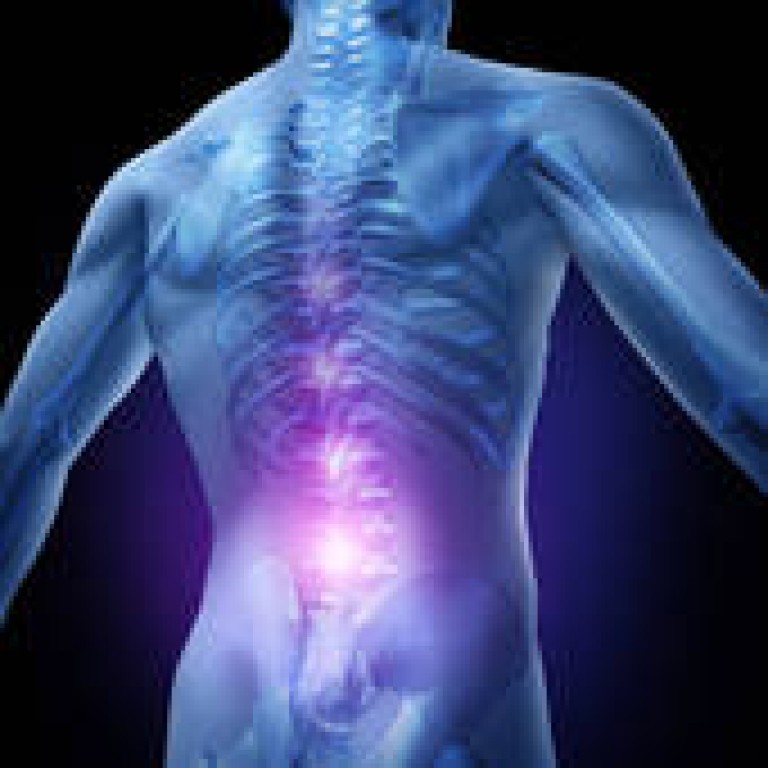
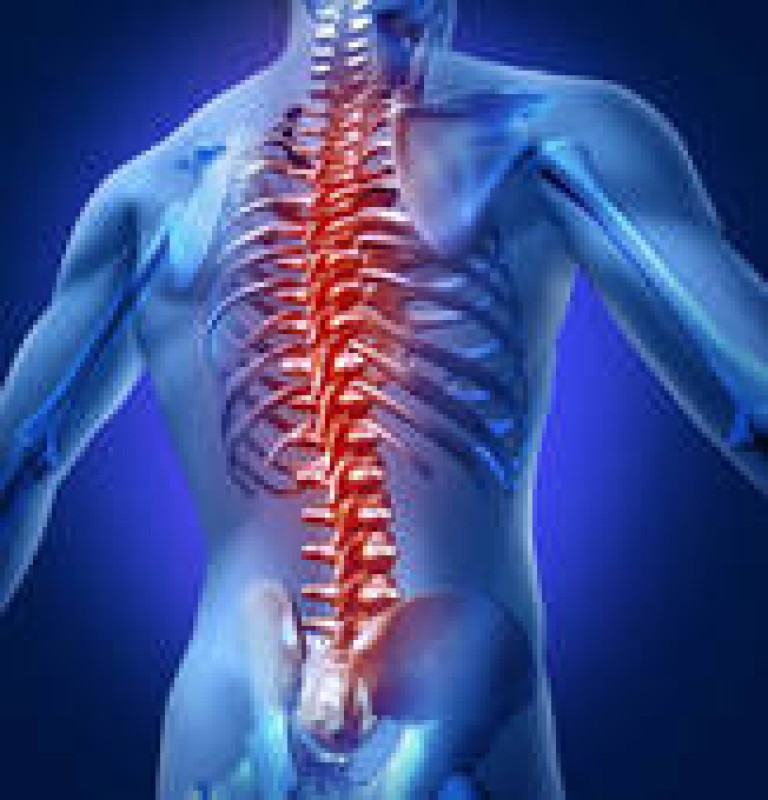
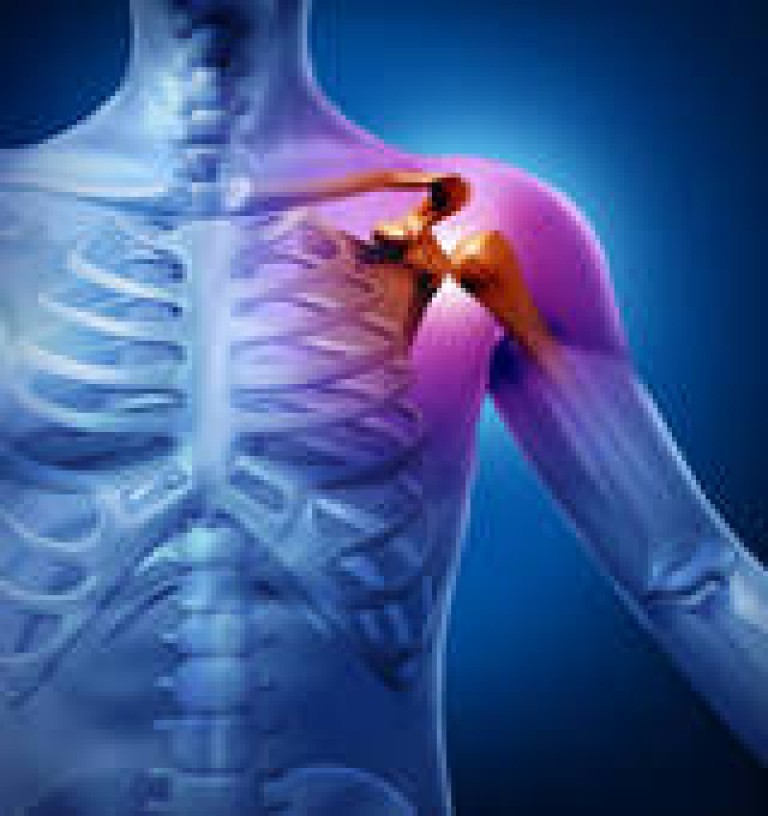
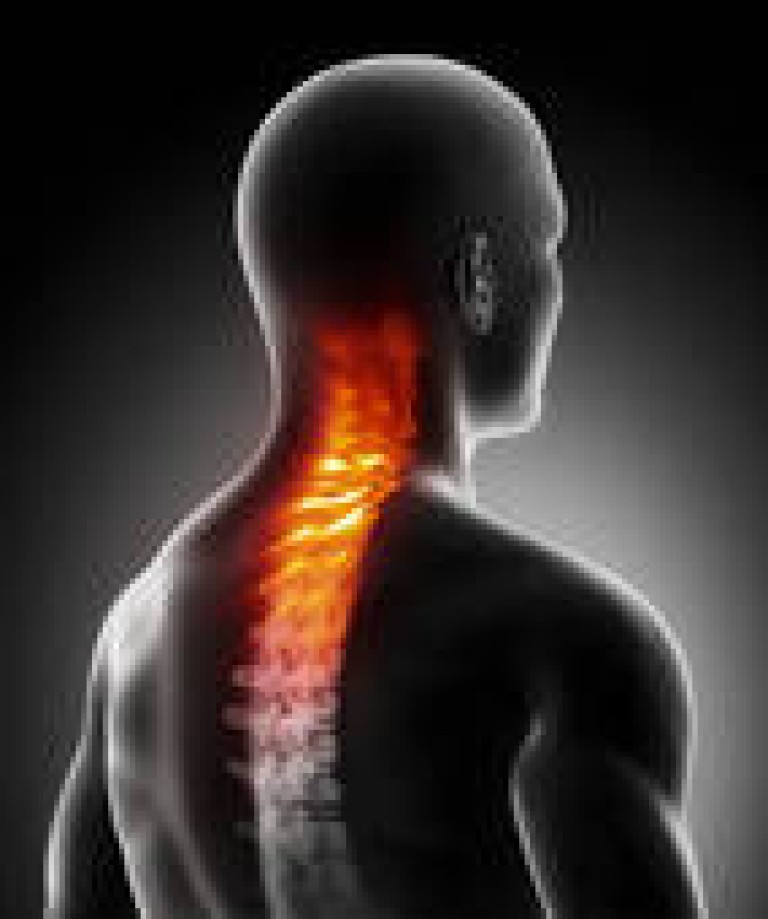
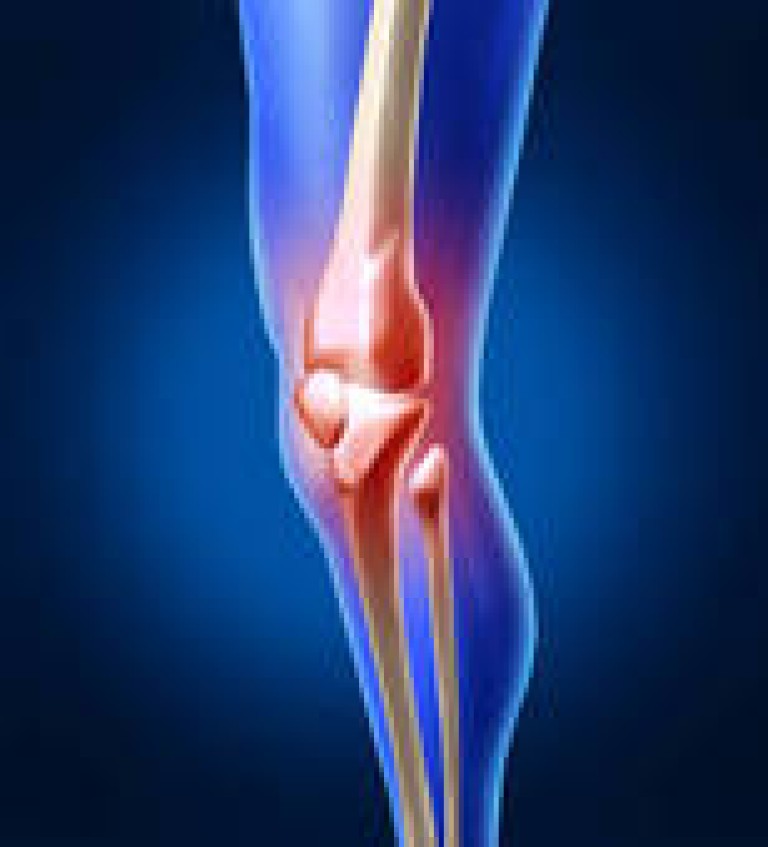
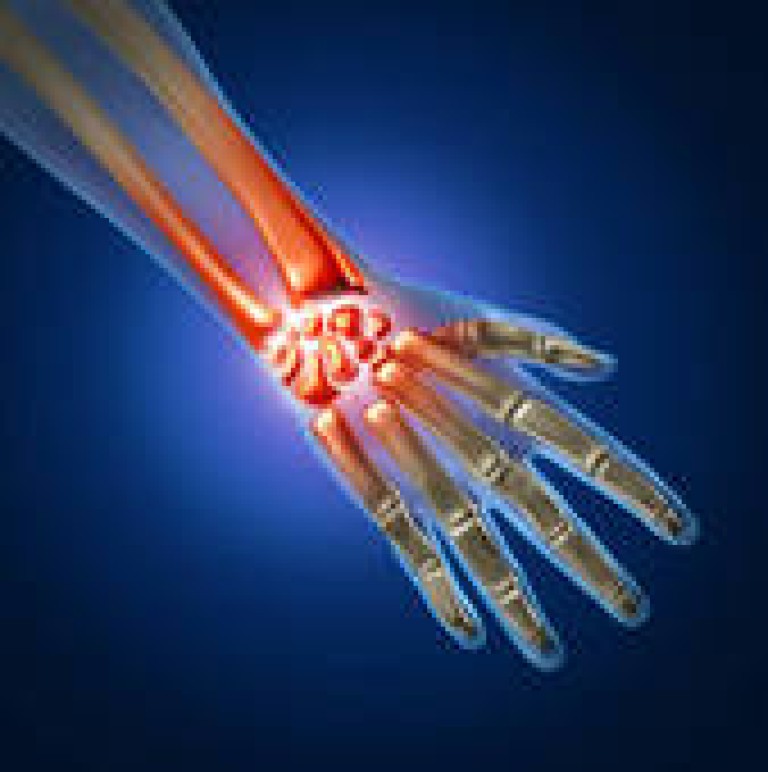
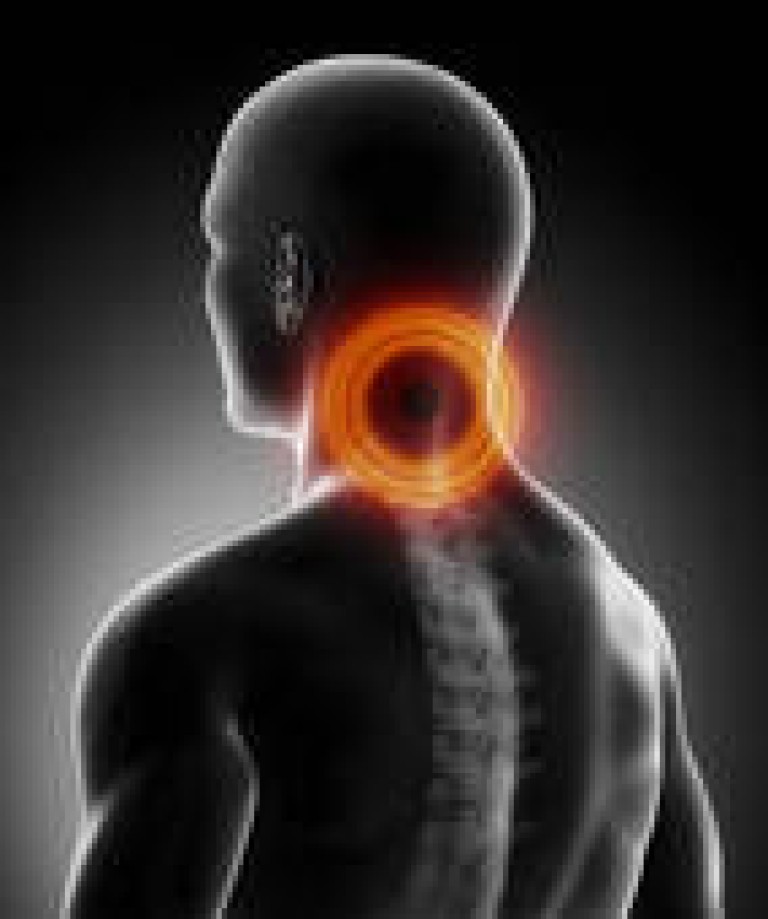
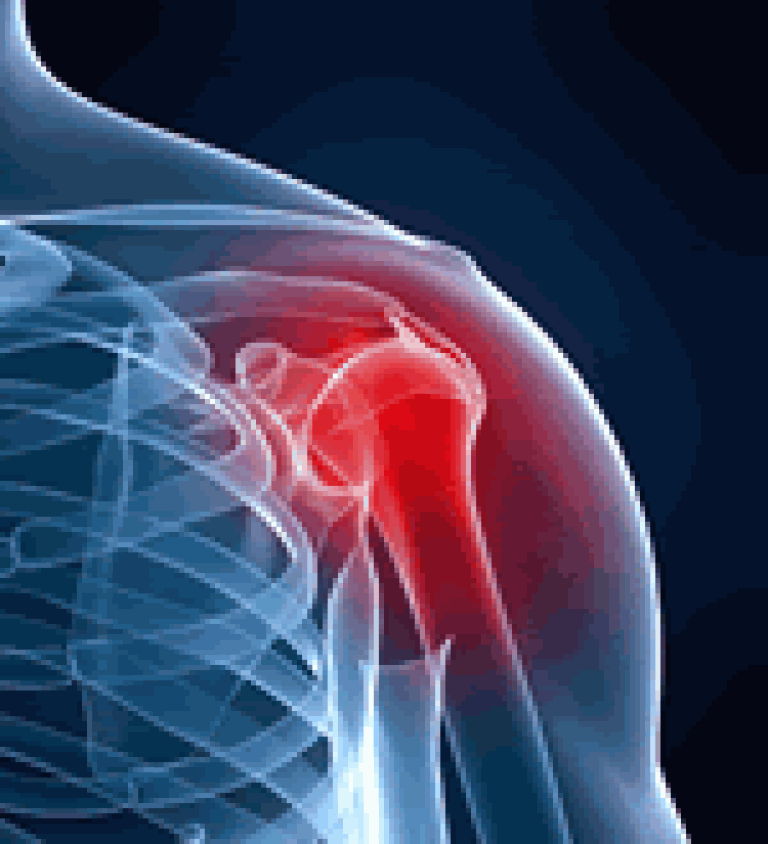

SAY GOOD BYE TO PAIN!
PAIN O’ NIL
NON-SURGICAL SOLUTION FOR TREATING PAIN
HEALING OCCURS IN VARIOUS TISSUES INCLUDING TENDONS, LIG
FEET BURNING AND PRICKING PAIN

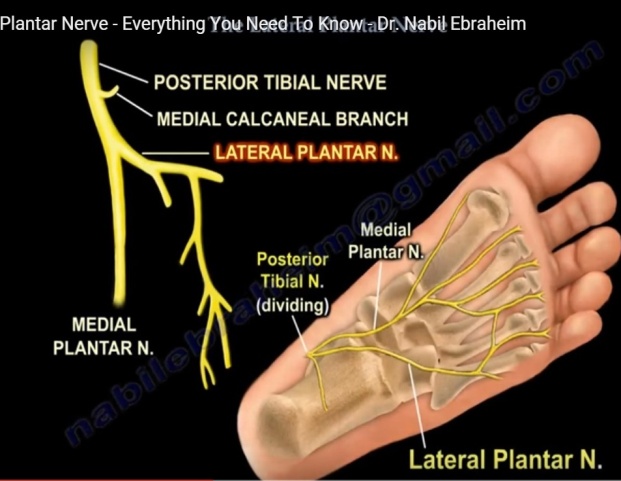

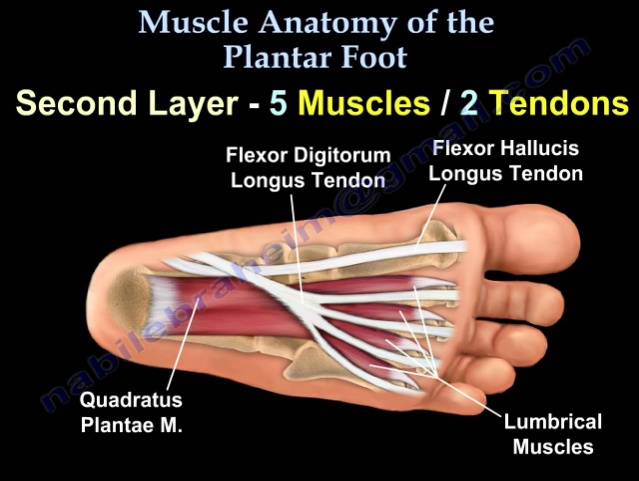
The most common cause of a burning feeling in your feet is nerve damage. It is often related to diabetes. There may be other possible causes, too. The pain from burning feet can be intermittent or constant and range from mild to severe. Your feet may feel hot, tingling, prickling, or numb. The pain is often worse at night.
CAUSES
DIABETIC NEUROPATHY
Bad management of diabetes damages the blood vessels and nerves. High glucose reduces the transmission of signals and affects sensation to various parts of the body, including the feet. High blood sugar also weakens the blood vessel walls that carry oxygen and nutrients to the nerves. About 60 to 70 percent of people with diabetes have some form of nerve damage, or neuropathy.
RISK OF NEUROPATHY INCREASES OBESITY, HIGH BLOOD PRESSURE SMOKING, ALCOHOL
Peripheral neuropathy happens in your legs and feet. It is the most common diabetic neuropathy. This type of neuropathy can cause a burning feeling in your feet. It sometimes can affect the arms and hands. ADDITIONAL SYMPTOMS OF PERIPHERAL NEUROPATHY INCLUDE Numbness or tingling in hands or feet. A feeling like wearing a tight sock. Sharp and stabbing pain, Excessive sweating. Weakness or heavy feeling in legs or arms. SMALL FIBRE SENSORY NEUROPATHY (SFSN) It is painful and burning feeling in feet. Other symptoms include loss of feeling in the feet and short bursts of pain. It occurs as a result of a loss of the myelin sheath, which covers and protects nerve fibres. Diabetes is the main cause. HEAVY ALCOHOL USE Heavy alcohol use can lead to alcoholic neuropathy. SYMPTOMS INCLUDE Burning Feet, Muscle weakness, muscle spasms and loss of muscle function. Urinary and bowel dysfunction, Dizziness, Impaired speech. CHARCOT-MARIE-TOOTH DISEASE (CMT) It is the most common inherited nerve disease. It affects the nerves that control muscles. It is a progressive disease, meaning symptoms worsen over time. One of its first symptoms is burning or pins and needles in the feet or hands. Other symptoms include clumsiness and muscle atrophy. COMPLEX REGIONAL PAIN SYNDROME (CRPS) It occurs in limbs after an injury or surgery. It involves nerve damage that affects impulses and transmission. SYMPTOMS Burning pain, Swelling, Changes in skin colour and texture. ERYTHROMELALGIA It is a rare disease which involves the feet without a known cause. The feet become red, hot and painful. PAIN WORSENS AFTER Exercise, Walking, Standing, Exposure to heat. NUTRITIONAL DEFICIENCIES Burning feet may be due to malnutrition. It is related deficiency in Vitamin B12, Vitamin B6, Vitamin B9 Folic acid. Vitamin B deficiencies can cause burning feet and muscle coordination problems. HYPOTHYROIDISM An underactive thyroid changes the balance of hormones in your body. This can cause swelling that puts pressure on your nerves. In addition to burning feet, symptoms of hypothyroidism include fatigue, weight gain, and dry skin. INFECTIOUS DISEASE It could be due to an infectious disease. LYME DISEASE HIV, SYPHILLIS,SHINGLES. ATHLETE’S FOOT (TINEA PEDIS) It is a pedis is a contagious fungal infection which often affects the toenails and hands. One of the most common symptoms is a burning, tingling or itching sensation between the toes or on the soles of the feet, itchy blisters on the feet. SYMPTOMS Cracking and peeling skin between the toes or on the soles of the feet. Dry skin on the sides or soles of the feet, Raw skin on the feet. Toenails that pull away from the nail bed, or appear discoloured, thick, and crumbly. KIDNEY DISEASE When your kidneys stop functioning properly, toxins build up in your blood. This can lead to swelling and itching of feet. SYMPTOMS Reduced urine output, Unexplained shortness of breath Nausea, Confusion, Seizures, Fatigue, Coma. PERI:PHERAL ARTERY DISEASE (PAD) Narrowing of arteries that bring blood to the legs and feet. Symptoms are similar to peripheral neuropathy. TARSAL TUNNEL SYNDROME The nerve that runs from the ankle to the foot is squeezed because of swelling or an injury. This can lead to pain and burning in the foot. The pain may extend up the leg. TOXIN EXPOSURE Exposure to heavy metals and other industrial chemicals over long periods can lead to peripheral neuropathy symptoms. Some medications used to treat certain conditions, like HIV or seizures, can also produce nerve damage. CHEMOTHERAPY Therapeutic chemicals used to kill cancer cells may have side effects, including peripheral neuropathy. SYMPTOMS Tired and shaky feeling in the muscles. Reflexes slow, Muscle weakness, Balance and coordination problem, Pain NERVE STIMULATION MAY HELP Electrical Nerve Stimulation or Magnetic Therapy Laser or Light Therapy.
ANKLE PAIN & SWOLLEN ANKLES
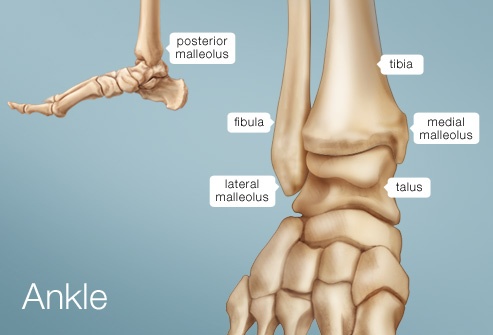
A sprain may cause ankle pain. Ankle pan may be due to ankle injury to ligaments. When the ankle is twisted inwards, small tears in the ligaments occur. The tearing leads to swelling and bruising, making it difficult to bear weight on the joint. Damage or swelling of tendons or cartilage. Blood vessels may be blocked. It may be due to heel pain, nerve injuries or sciatica. Osteoarthritis, rheumatoid arthritis and other types of arthritis.
HEEL PAIN
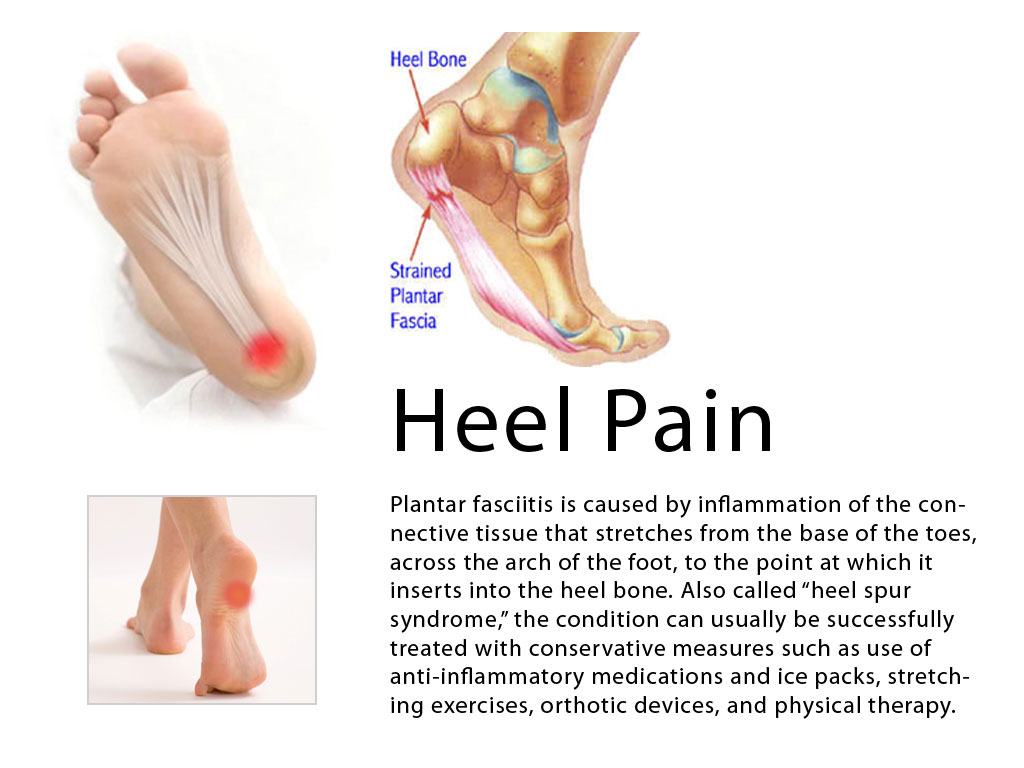
CALCANEAL SPUR
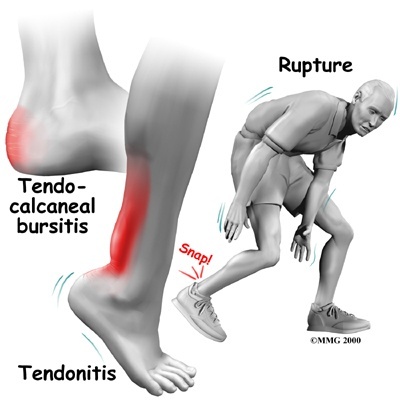
PAIN IN HEEL, SOLE & FEET
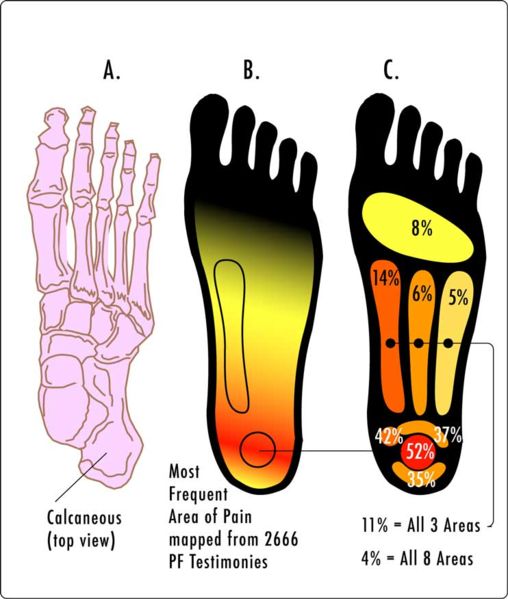
LEG CRAMPS
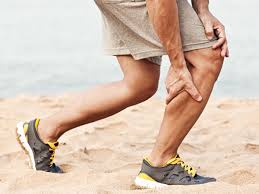

Leg cramp is due to contraction of the leg muscles. It causes severe pain, Cramps are involuntary contractions. Most leg cramps occur in the calf muscles. It can also occur in feet and thighs. These muscle cramps mostly occur at night during sleep.
CAUSES OF LEG CRAMP
Physical activity in hot weather. Overuse of a muscle or narrowing of arteries Nerves get compressed at vertebra or liver problems. Diuretic medications prescribed for high blood pressure. Lacking in minerals like potassium, hormone disorders, diabetes or anaemia. Certain medication, Dialysis
SYMPTOMS OF LEG CRAMP
Involuntary contraction of affected muscles, Pain in legs, Stiff feet and toes The cramps last from a few seconds up to 10 minutes.
TRIGGER FACTORS OF LEG CRAMP
Exercise, Stress, Fever, Infection, Constipation, Fractured bone, Incorrect posture, Tight clothing, Full bladder, Skin irritation.
PREVENTION OF LEG CRAMP
Stretching of muscle before exercise, Uptake of enough fluids in diet Avoid excess sodium and soda. Avoid chocolate, caffeine, and alcohol Improve posture, Vitamin E can cure leg cramps.
NUMBNESS
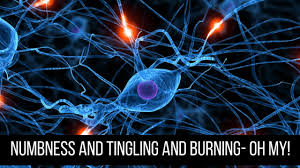
WHAT IS NUMBNESS?
OEDEMA OF LOWER LEGS
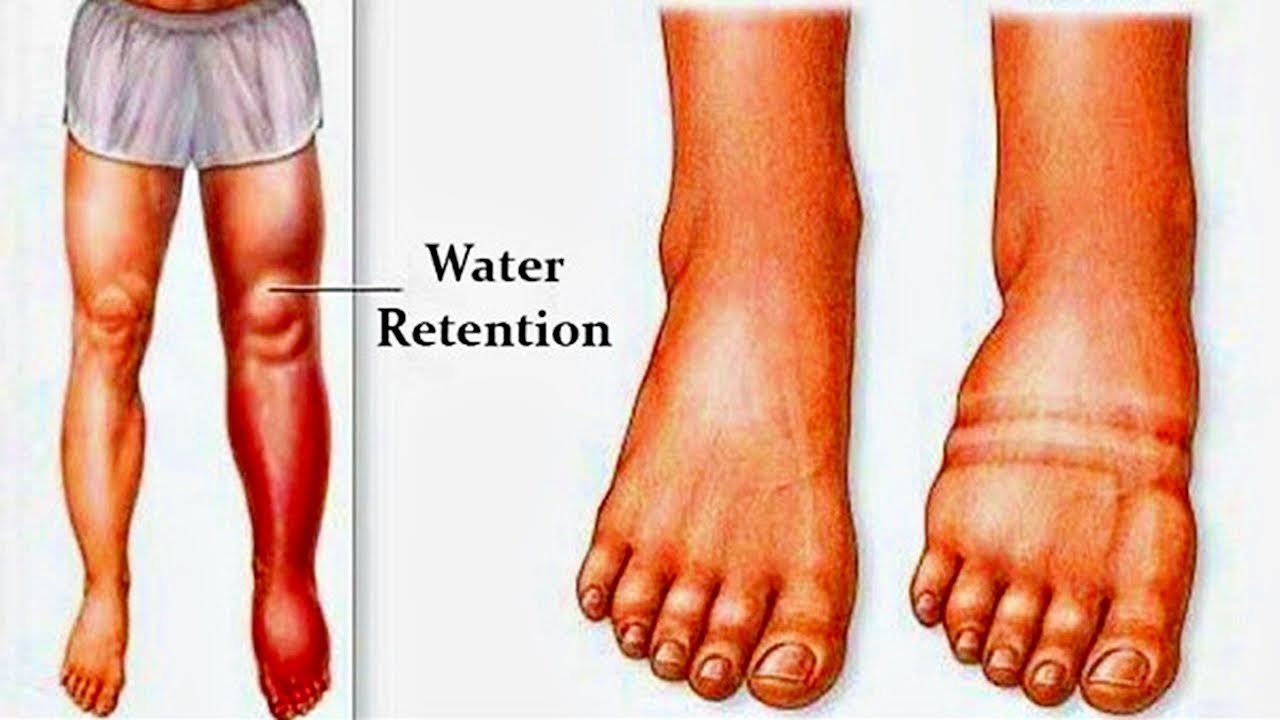
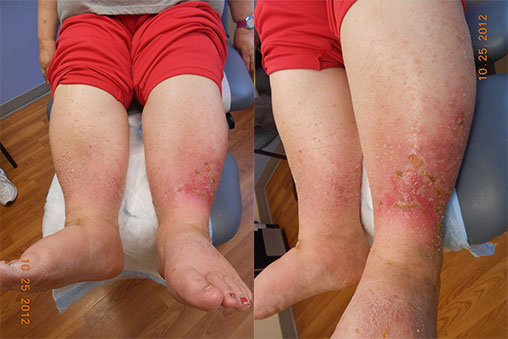
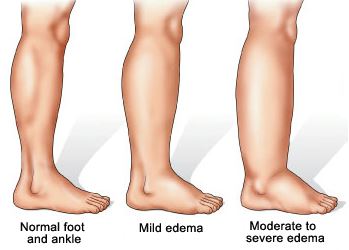
Oedema or dropsy can be described as very pronounced swelling of the body because of the accumulation of fluid or fluid retention in body tissues. Oedema is actually caused by a build-up of excessive fluids in body tissue, which can be caused by a variety of factors. Because of the strong forces of gravity body fluids are pulled downwards, naturally towards the legs and feet. This depends on bodily posture and when seated or standing for prolonged periods it could cause oedema of the legs, which is one of the most common types of oedema. High sodium levels in your diet can severely aggravate the problem, which is why salt intake needs to be reduced. The condition may also be brought on due to certain medications. Oedema in itself is not a disease and is therefore not contagious, nor can it be passed down through heredity. The condition could however be caused by a variety of other disorders. Chronic venous disease is a common cause of oedema, particularly oedema of the lower legs. This is a chronic venous disease in which the ability of the veins in the legs is severely compromised, restricting the flow of blood back up to the heart. This is basically a condition in which the veins valves are damaged. The development of a blood clot in the deep veins of the lower leg, also known as deep vein thrombosis can cause severe oedema, typically restricted to the feet or ankles. In this condition it not be necessary for both legs to be affected. Oedema can also occur as a drug reaction caused by certain medications like certain oral diabetes drugs, as well as hypertension medications and a number of over the counter pain relievers and hormonal drugs. Kidney disease and heart disease can also cause oedema to develop and are both serious conditions causing more complicated oedema symptoms. Liver cirrhosis is another possible cause of oedema as it obstructs blood flow in the liver. Oedema can develop while travelling, particularly among fliers because of the extended periods of time spent seated. In most cases this is not really problematic as it is not indicative of any serious disease. Continued swelling even a day or two after travelling should however be reported to your health care provider.
CAUSES
Problem with the circulatory sistem, the lymphatic system or the kidneys Sitting or standing for a long time, Wearing tight stockings, Overweight, Cirrhosis, Medication, Rheumatoid Arthritis, Injury.
GOUT
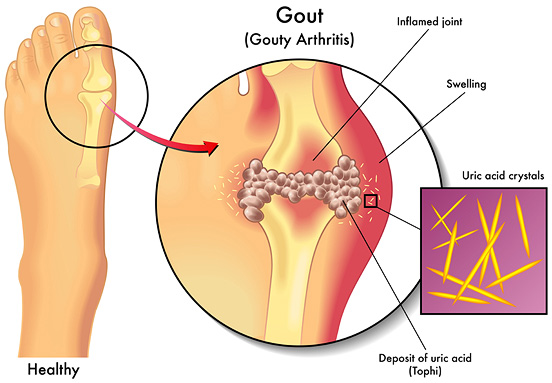
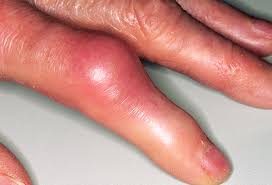
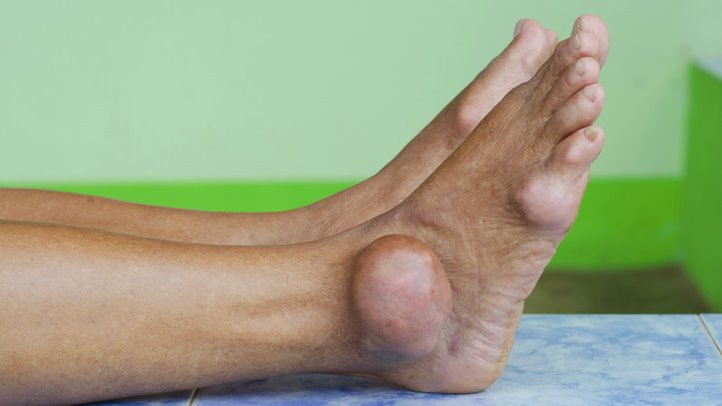
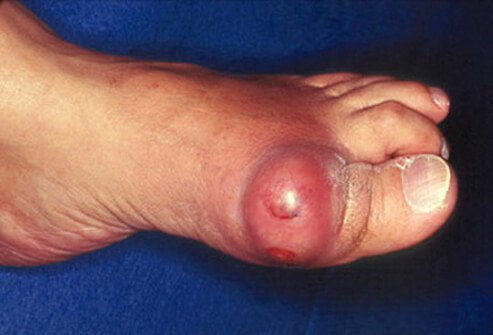
Gout is a form of acute arthritis that causes severe pain and swelling in the joints. Gout often shows at the big toe but it may also show at the heel, ankle, hand, wrist, or elbow. Sometimes the spine is also affected and this will cause lower back pain. Gout is often a recurring condition. An attack usually comes on suddenly and goes away after 5–10 days. Gout occurs when there are high levels of uric acid circulating in the blood and the acid crystallizes and settles in the body. Uric acid is formed in the bloodstream when the body breaks down waste products containing purines. Purines can be produced naturally by the body, and they can be ingested from such high-purine food like meat. Normally, the kidneys filter uric acid particles out of the blood and excrete it into the urine. If the body produces too much uric acid or the kidneys are not able to filter enough of it out, there is a build-up of uric acid in the bloodstream. This condition is known as hyperuricemia. Uric acid does not tend to remain dissolved in the bloodstream. Over the course of years, hyperuricemia may cause deposits of crystallized uric acid in joints, tendons, ear tips, and kidneys. When the immune system becomes alerted to the crystals, it mounts an inflammatory response that includes the pain, redness, swelling, and damage to joint tissue are the hallmarks of an acute gout attack.
METABOLISM OF PURINES
Gout is an arthritic condition meaning inflammation of the joints. It mostly affects people who are older than 40. Gout is always associated with chronic hyperuricemia, a long-lasting abnormally high concentration of uric acid in the blood Hyperuricemia and gout begins with the metabolism of purines.
Purines are nitrogen-containing compounds that are important for energy. PURINES CAN BE DIVIDED INTO TWO TYPES ENDOGENOUS PURINES Manufactured within human cells. EXOGENOUS PURINES Obtained from food. All mammals except humans possess an enzyme called uricase that breaks purines down into a very soluble product called allantoin. Without uricase, purine ultimately breaks down into uric acid, which can build up in body tissues if it is not adequately eliminated in urine.
KNEE PROBLEMS
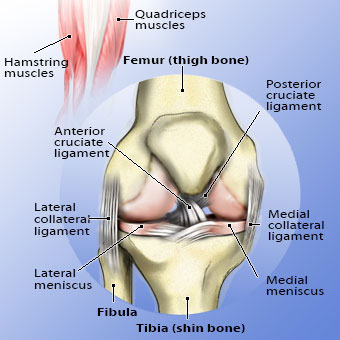

THE KNEE
The knee is an important joint. It is known as the weight bearing joint. Knee pain may be caused by an injury or an underlying cause like arthritis. The common symptoms of knee pain are pain, swelling and stiffness, weakness or instability, popping or crunching noise and inability to fully straighten the knee. Some of the most common knee problems are sprained ligaments, meniscus tears and tendonitis. A knee injury which was not properly treated may cause pain and problems.
COMMON INJURIES OF THE KNEE
MECHANICAL PROBLEMS
TYPES OF ARTHRITIS
SCIATICA

Sciatica is often caused by a compressed or irritated nerve root from a herniated disk in the spine. The shock-absorbing disks in your spinal cord experience wear and tear due to age, heavy lifting, improper posture, accidents or diabetes. It is painful. Sciatica is likely to affect people in their 30s and 40s. It can also affect both active and sedentary individuals. Sciatic nerve pain often lasts for about six weeks, and some may experience chronic limb pain if the problem is not resolved. Pain can be long-term or sciatic nerves can be pinched without pain at all.
SCIATICA SYMPTOMS
Back pain, particularly in the lumber region of the spine, is one of the most common scourges of mankind. Very few people live their lives without experiencing backache in one form or the other.
FIBROMYALGIA
If you are experiencing aches all over your body and you feel tired all the time. After various medical tests, if the doctor is unable to identify any cause then you possibly are suffering from a health condition called Fibromyalgia. Fibromyalgia is a disorder which causes muscle pain and fatigue. The word Fibromyalgia means pain in the soft fibrous tissues in the body like the muscles, ligaments and tendons. The pain is felt in response to slightest pressure. The pain can be so severe that it may significantly limit a person’s ability to work and perform everyday tasks. Fibromyalgia and Chronic Fatigue Syndrome (CFS) share a number of symptoms and the names are often used interchangeably with each other. People with fibromyalgia have "tender points" on the body; these are specific places on the neck, shoulders, back, hips, arms, and legs and these points hurt when pressure is put on them.
SYMPTOMS OF FIBROMYALGIA

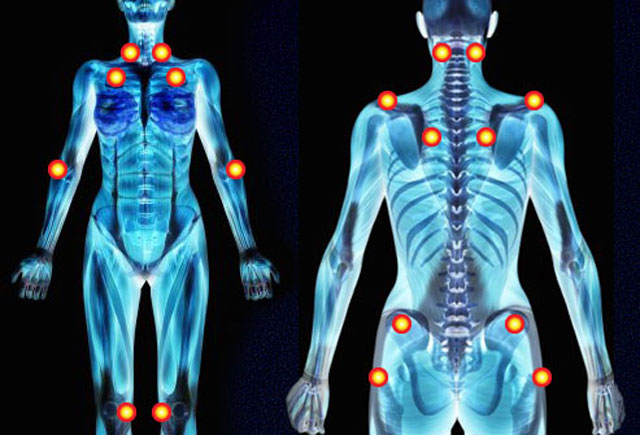
CERVICAL STENOSIS

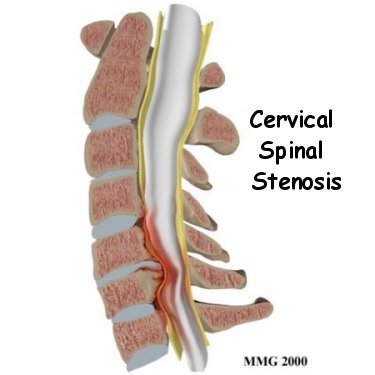

Cervical spinal stenosis is the narrowing of the spinal canal at the neck. The spinal canal narrows, squeezes and compresses the nerve roots and it can also compress or damage the spinal cord itself. The seven vertebrae between the head and the chest make up the cervical spine. Squeezing the nerves and cord in the cervical spine can change the spinal cord functions and cause pain, stiffness, numbness or weakness in the neck, arms, and legs. It can also affect your control of your bowels and bladder. It is usually caused by age-related changes in the shape and size of the spinal canal. It is most common in people who are more than 50 years old. The aging process can cause a bulge in the vertebrae of or thickening of ligaments, destruction of cartilages and excessive growth of the bones in joints.



Frozen shoulder is stiffness, pain and a loss of motion in shoulder joint. Frozen shoulder is also called as Adhesive Capsulitis. Injury, overuse, diabetes or stroke can cause frozen shoulder. The tissues around the joint stiffen, scar tissue forms, and shoulder movements become difficult and painful. Shoulder pain begins slowly and if untreated results in deformity of your shoulders. Frozen shoulder occurs in about 2% of the general population. It most commonly affects people between the ages of 40 and 60 and occurs in women more often than in men.
FINGERS, WRIST & HANDS PAIN




CAUSES
RHEUMATOID ARTHRITIS Rheumatoid arthritis as an autoimmune inflammatory disease affecting joints leading to pain, swelling, stiffness in joints of hands. In long standing cases of rheumatoid arthritis the affected joints of hands and fingers are damaged leading to varying degrees of deformity.
GANGLION CYST Ganglion cyst is a small fluid filled cavity/lump that forms near a joint or tendons mainly on the wrist on back of hand. This can cause pain in hand if a nerve gets pressed under this cyst. CARPEL TUNNEL SYNDROME Carpel tunnel syndrome is a condition that results from pressure on the median nerve of wrist. The resulting symptoms include pain in wrist, palm, thumb and fingers (index finger, middle finger and sometimes ring finger) and the pain is usually worse at night than day time. The pain from wrist can sometimes travel up to the arms and in some cases even up to shoulders. Other symptoms of Carpel tunnel syndrome include weakness, numbness and tingling in hands and fingers. The weakness of hands leads to difficulty in gripping objects leading to dropping of things out of hand. DE QUERVAIN’S TENDINITIS/TENOSYNOVITIS It is a condition that arises due to swelling in tendons of thumb side of wrist leading to pain in wrist. Repetitive activities and overuse of hands are responsible for the onset of this condition. The pain in wrist is worse on making fist, grasping/holding objects, turning wrist like in wringing the clothes. Sometimes the wrist pain can extend to thumb and forearm. WRITER’S CRAMP It refers to sudden, involuntary contraction of muscle of hands or fingers leading to severe pain in hands/fingers. Jerking and trembling of hands while writing may also be present. This condition arises due to over use of hands and fingers in writing or typing. INJURY TO HAND AND FINGERS Pain in hand and fingers can occur due to Injury to hand because of varied reasons like a fall on hand, due to a blow, due to hand getting blocked in between window of a car or a door of house etc leading to sprains, fractures etcDato' Dr. N. Subra HOMEOPATHY CLINIC
The Homeopathy doctor